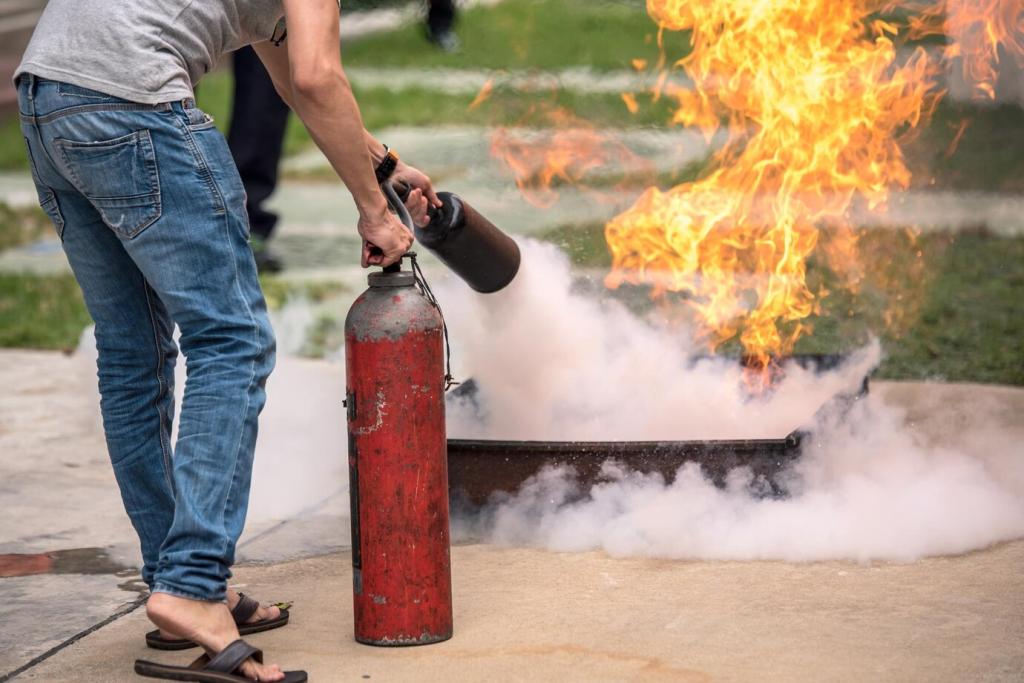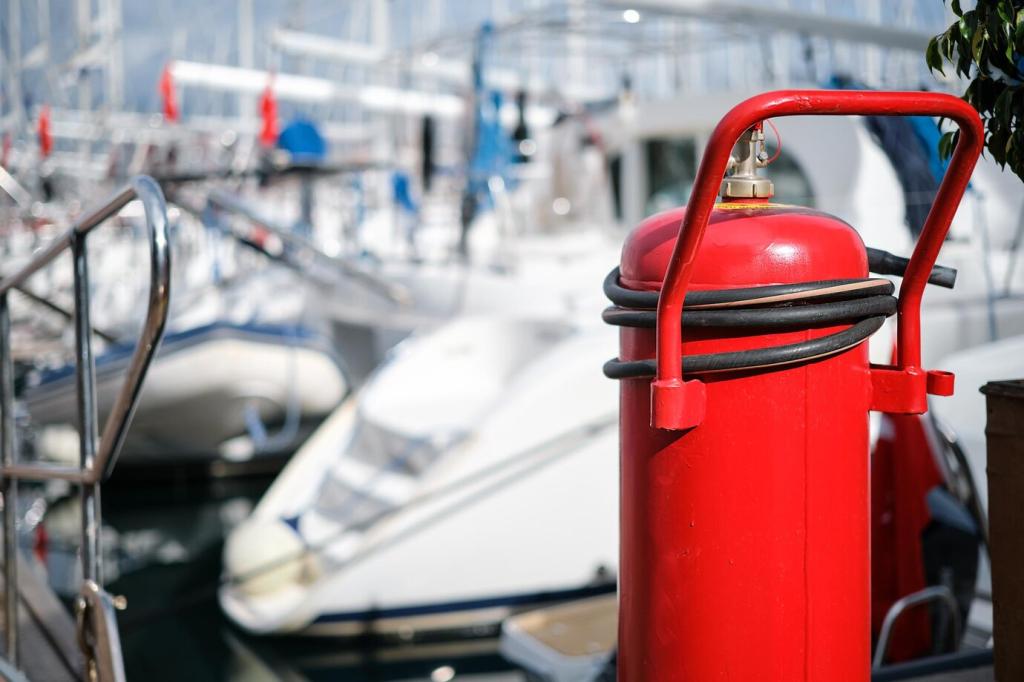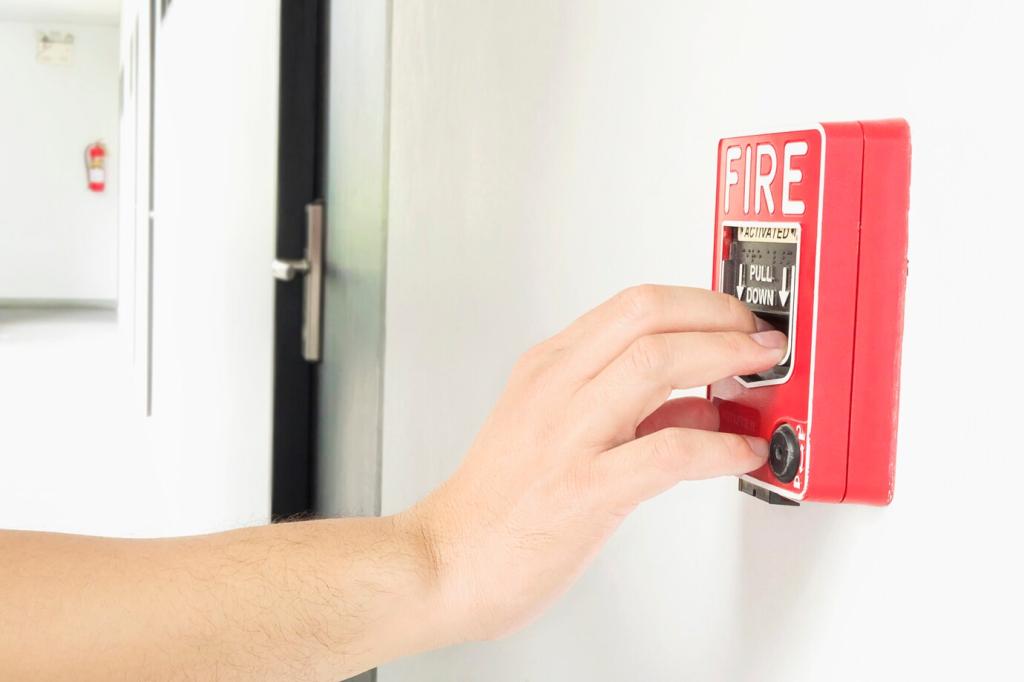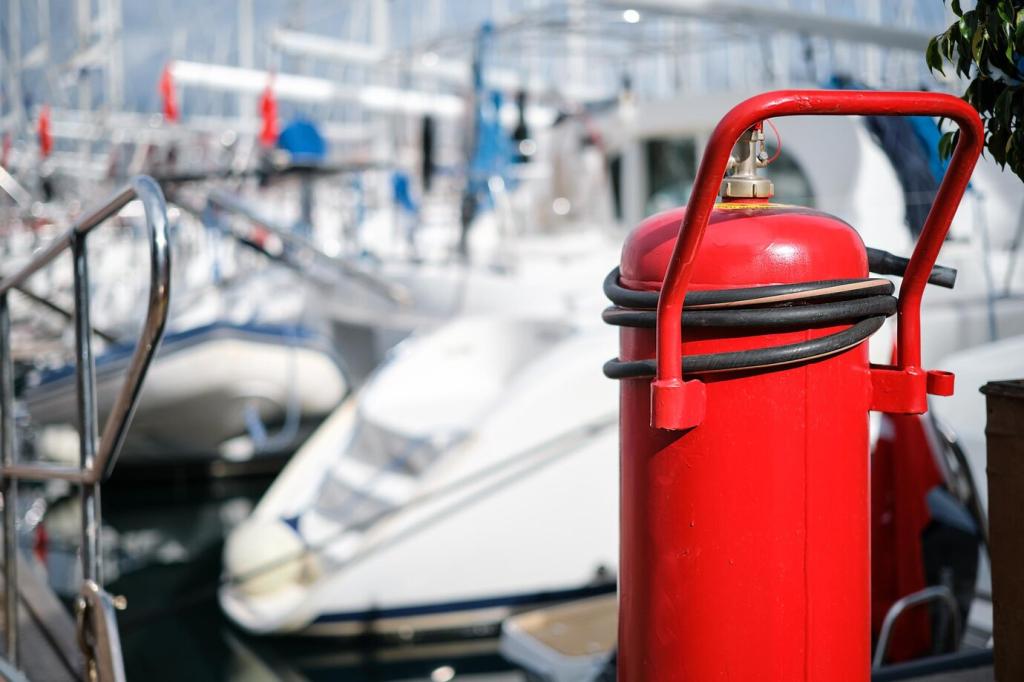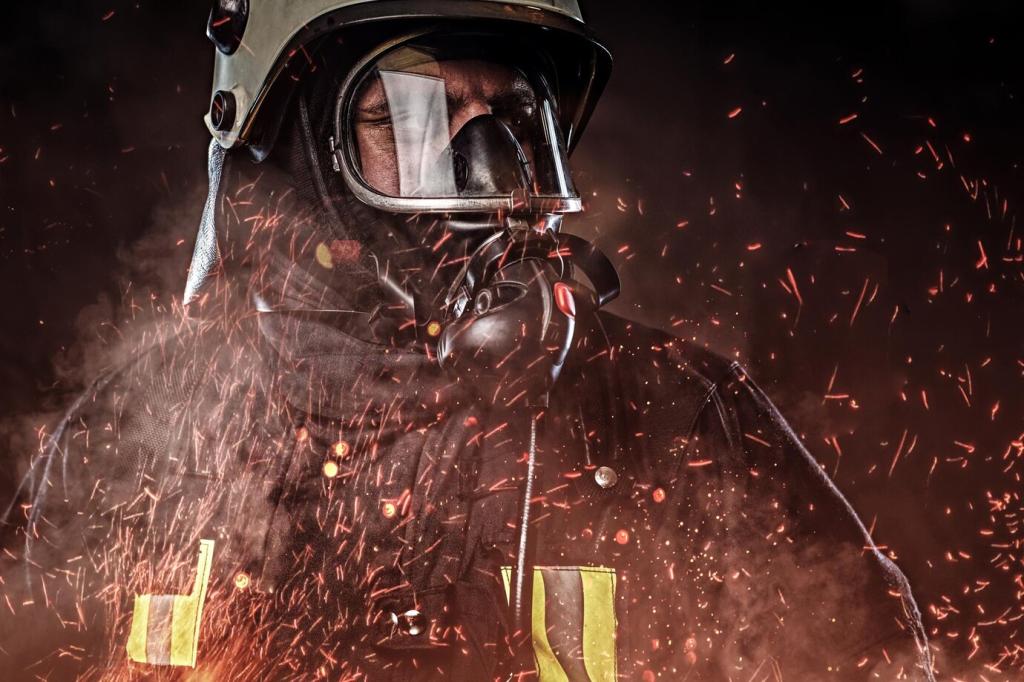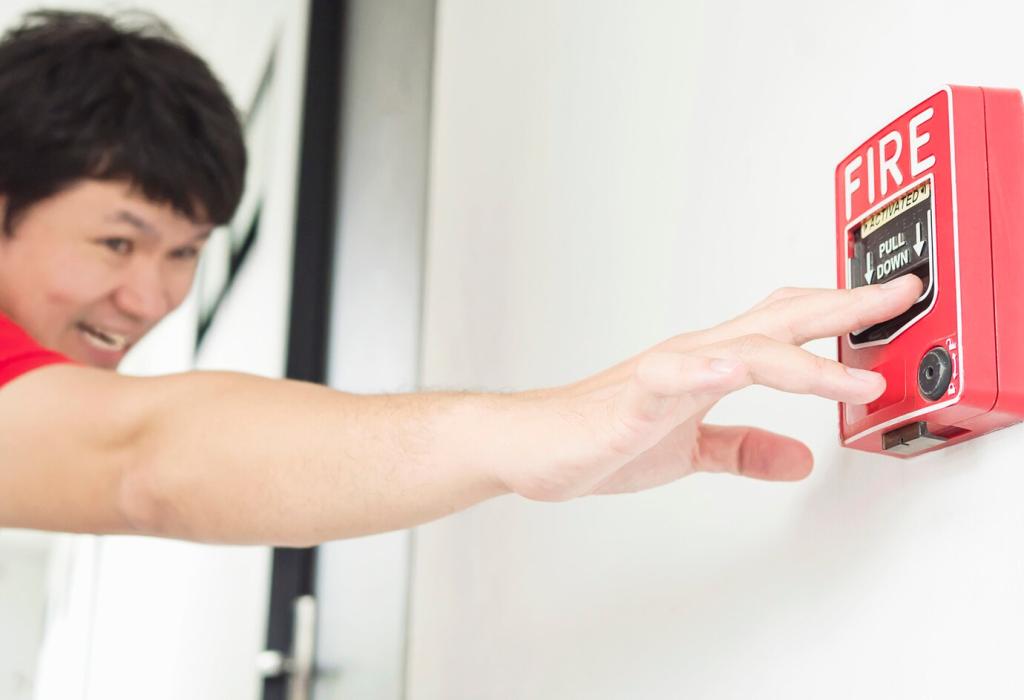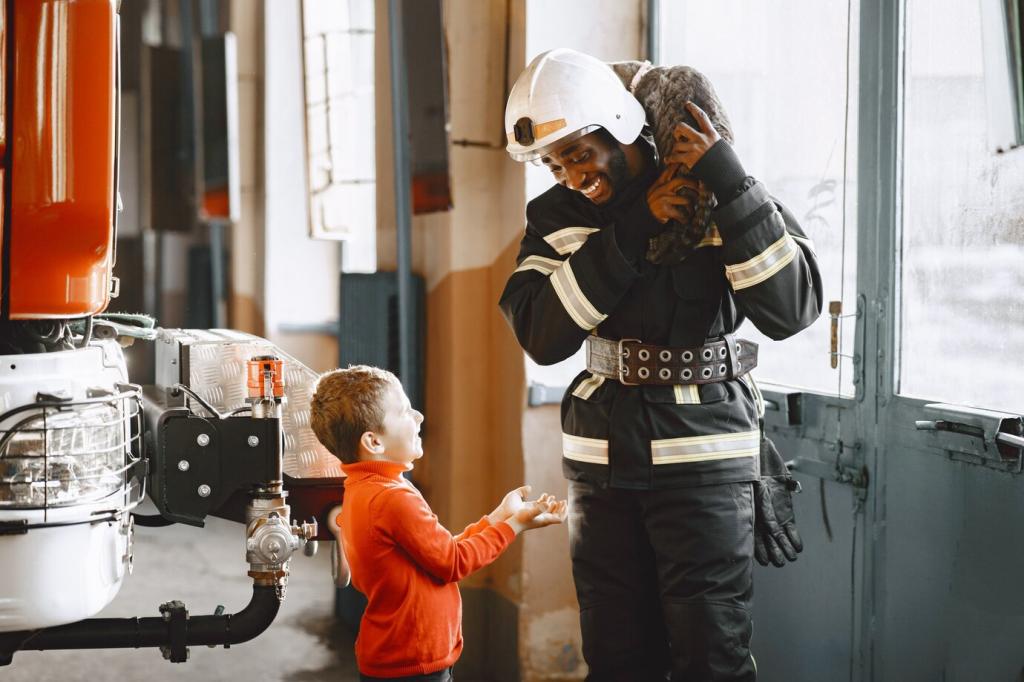Early Detection and Smart Monitoring
Volunteer lookouts, AI-enabled camera networks, and satellite thermal alerts can identify tiny hotspots before they explode. Join a citizen-science group tracking smoke plumes on public dashboards, and report precise locations with landmarks to speed the right response.
Early Detection and Smart Monitoring
A rural district deployed two watchtowers with panoramic cameras and machine learning trained on smoke signatures. The system flagged a wisp near a trailhead, and crews arrived within ten minutes. The fire stayed under two hectares—proof that minutes truly matter.

